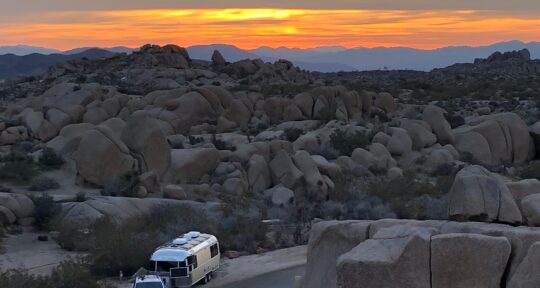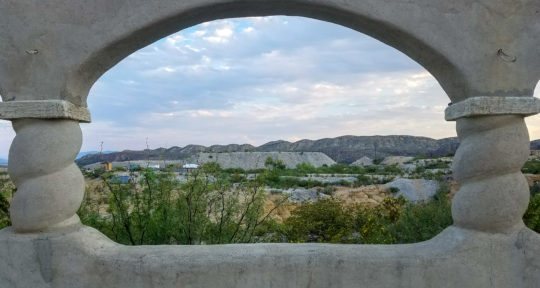Planning a road trip through the state of Oregon is more likely to conjure up images of rugged coastlines and temperate rainforests than of sagebrush and volcanic rock. A striking counterpoint to the green of the coast, the eastern portion of the state is home to a little-known natural wonder.
Jordan Craters, a volcanic field located off Highway 95 in the Owyhee Desert of southern Oregon, is managed by the Bureau of Land Management (BLM); the area has a similar feel to the better-known Craters of the Moon National Monument in Arco, Idaho—but without the crowds. The location makes for a good day trip from Boise, Idaho, with plenty to offer for both casual visitors and full-time adventurers.
After some time spent exploring Jordan Craters and the many local nearby attractions, you just might find yourself falling in love with Oregon’s high desert. Here are seven stops on a road trip to Jordan Craters.
1. Marsing, Idaho
Heading out from the Boise metro area, pass through the small town of Marsing, Idaho. Guarded by the unique rock formation known as Lizard Butte, the small town boasts several wineries and orchards. Nestled along the Snake River, the community is known as the Gateway to the Owyhees. The Orchard House restaurant opens early; offering an array of food as well as pies and gifts, it’s a good spot to grab breakfast before hitting the road.
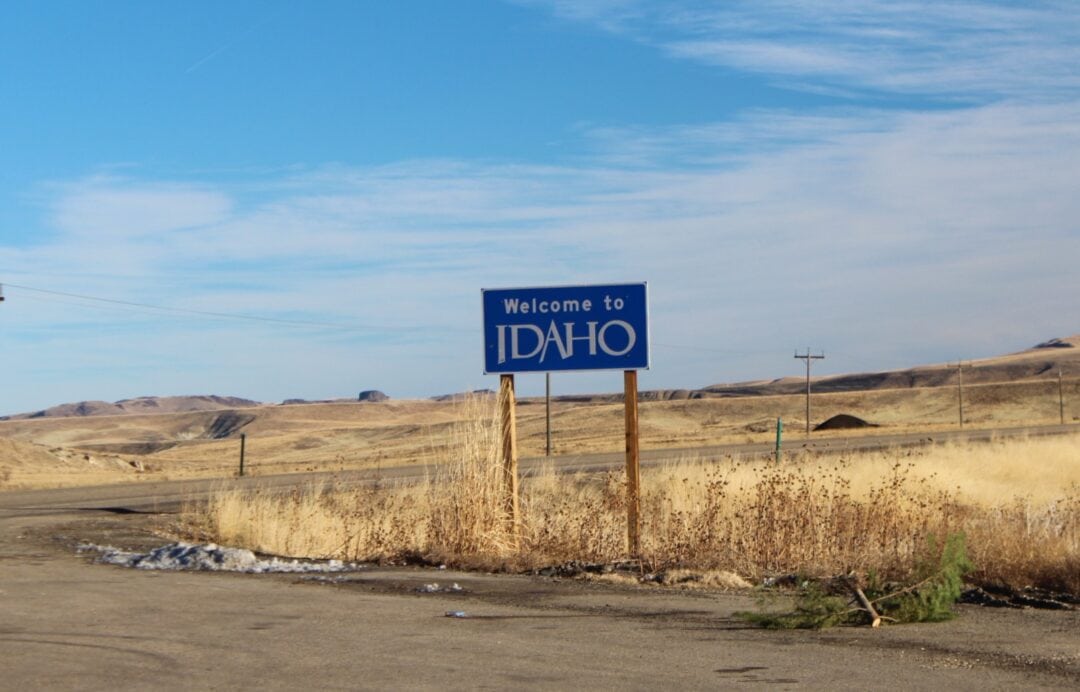
2. Idaho-Oregon border rockhounding
At the state line between Idaho and Oregon, there’s an opportunity to do a little treasure hunting. Park on the asphalt in front of the “Welcome to Idaho” sign and walk across the cattle guard onto the dirt road. Keep an eye out for small chips of brightly colored agate, jasper, and petrified wood. This area, known as Coal Mine Basin, is a good place for kids to get out and burn off some energy without having to venture too far from the highway. A few larger stones can be found on occasion, and these chunkier specimens will take a high polish. Be sure to fill in any large holes you dig to keep people and livestock safe.
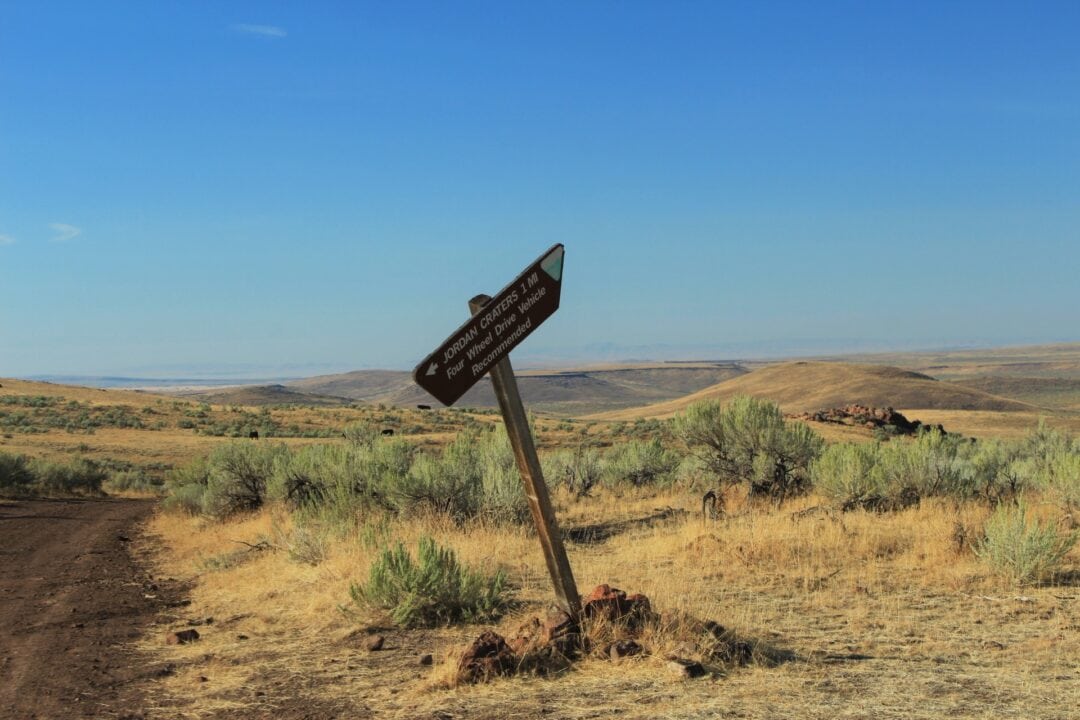
3. Jordan Craters and Cow Lakes
The turn-off from the main highway toward the site is marked, and you’ll end up on a gravel road heading out into the sagebrush. It won’t be long until the gray-green gives way to the alien, black volcanic rock landscape of Jordan Craters. On a clear day, you can see Cow Lakes in the distance, formed when the lava flow blocked several streams in the area. Many species of birds are present around the marshy mud created by the lakes.
Be aware that cell phone service in the area is spotty, if available at all, so make sure you are well prepared before venturing off the pavement. The road is mostly passable with a car, but conditions can change rapidly from year to year, so make sure you plan ahead. The final mile or so will require a high-clearance four-wheel-drive vehicle, but you can also park and hike in.
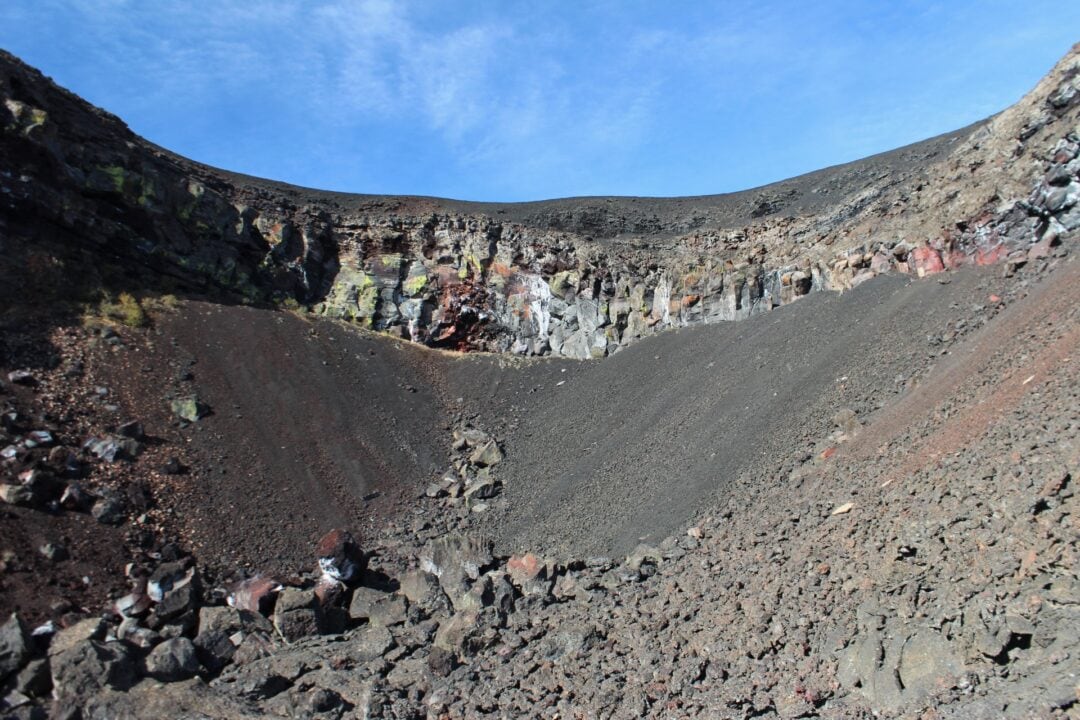
4. Coffee Pot Crater
Coffee Pot Crater offers a loop hiking trail around the rim, and it’s also possible to explore the bottom of the caldera itself. The volcanic rock is often brightly colored, and you will more than likely have the place to yourself, save for some cattle. This is the largest of the craters in the volcanic field and by far the most spectacular. The rock in and around the crater can be unsteady and sharp, so be sure to keep a close eye on any kids and pets.
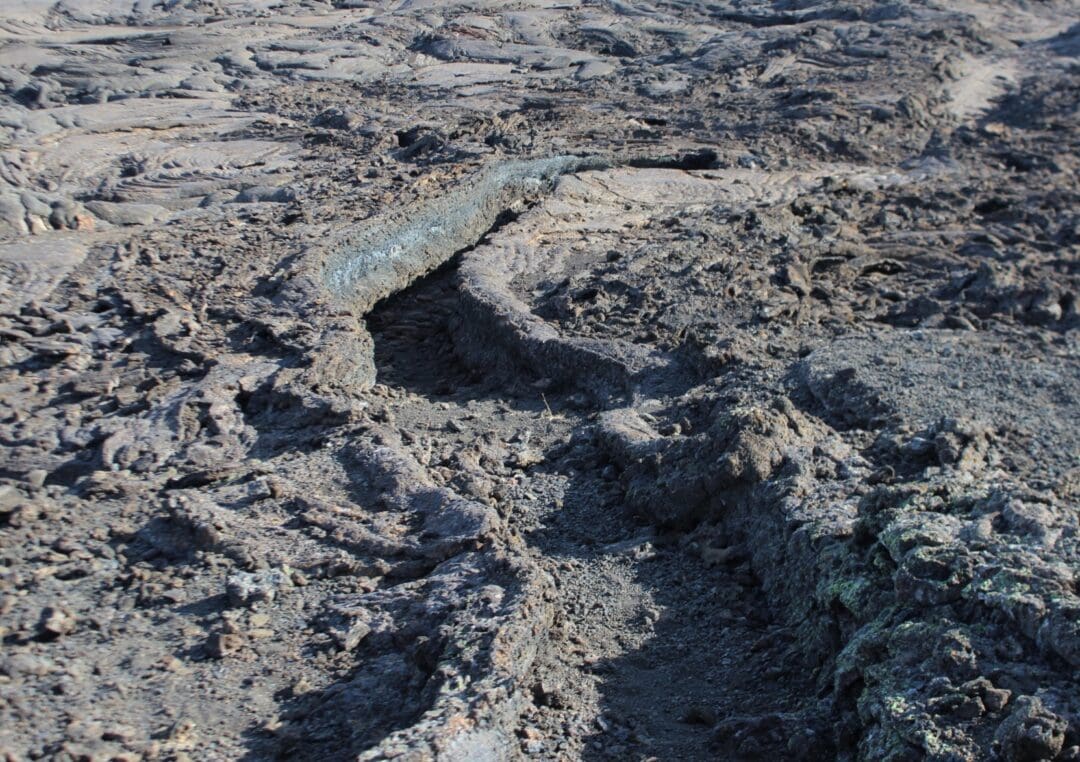
5. Lava tubes and cavern
Outside the crater and down on the main lava flow, you’ll start to notice odd, smooth trails running through the rocks. These are collapsed lava tubes, and they serve as nice pathways through the basalt. Some still retain part of their tube-like form, while others look more like toboggan runs. Spend some time wandering. Jordan Craters can be visited during any time of the year, but spring and fall offer the best weather. Summer temperatures can make the volcanic stone unbearably hot, so use caution if visiting on a warmer day.
Another spectacular feature of the lava field is a great cavern located downhill from Coffee Pot Crater. Caution is merited when hiking close to the edge as the walls of the cavern are sheer, and the hole is extremely deep. This feature was formed from a collapse in a portion of the lava flow. Keep an eye out for bats and other animals that live in the stone outcroppings. Another, smaller cavern is located nearby. Other notable volcanic features include splatter cones and pahoehoe, similar to what can be found on the islands of Hawaii.
Big Island adventure: Hiking through lava tubes at Hawai’i Volcanoes National Park
6. Jordan Valley, Oregon
After exploring Jordan Craters, another short drive south along Highway 95 will bring you to Jordan Valley, Oregon. The town offers a taste of rural ranching life, and it’s worth stopping at Skinners Rockhouse Coffee for huckleberry ice cream and souvenirs—be sure to check out the bathrooms. Every May, Jordan Valley is also host to the Big Loop Rodeo, where local area ranch hands show off their skills.
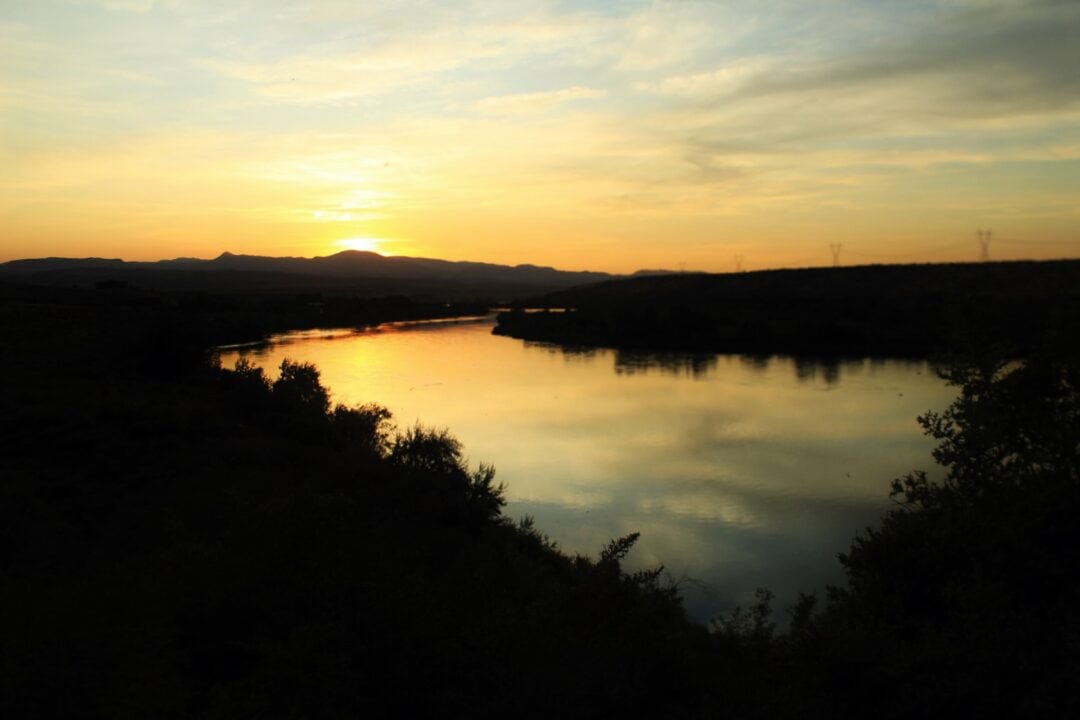
7. Celebration Park
On the way back to Boise, it’s worth the detour to swing by Celebration Park. In Idaho’s only archeological park, visitors can stroll through a boulder field covered in petroglyphs or walk along several hiking trails. The park also includes a visitor center and museum. Guffey Bridge spans the Snake River nearby, offering stunning views and an opportunity for pictures. Tent campsites and drinking water are also available for those who want to spend a little more time outdoors, and the remote location makes for excellent stargazing.
